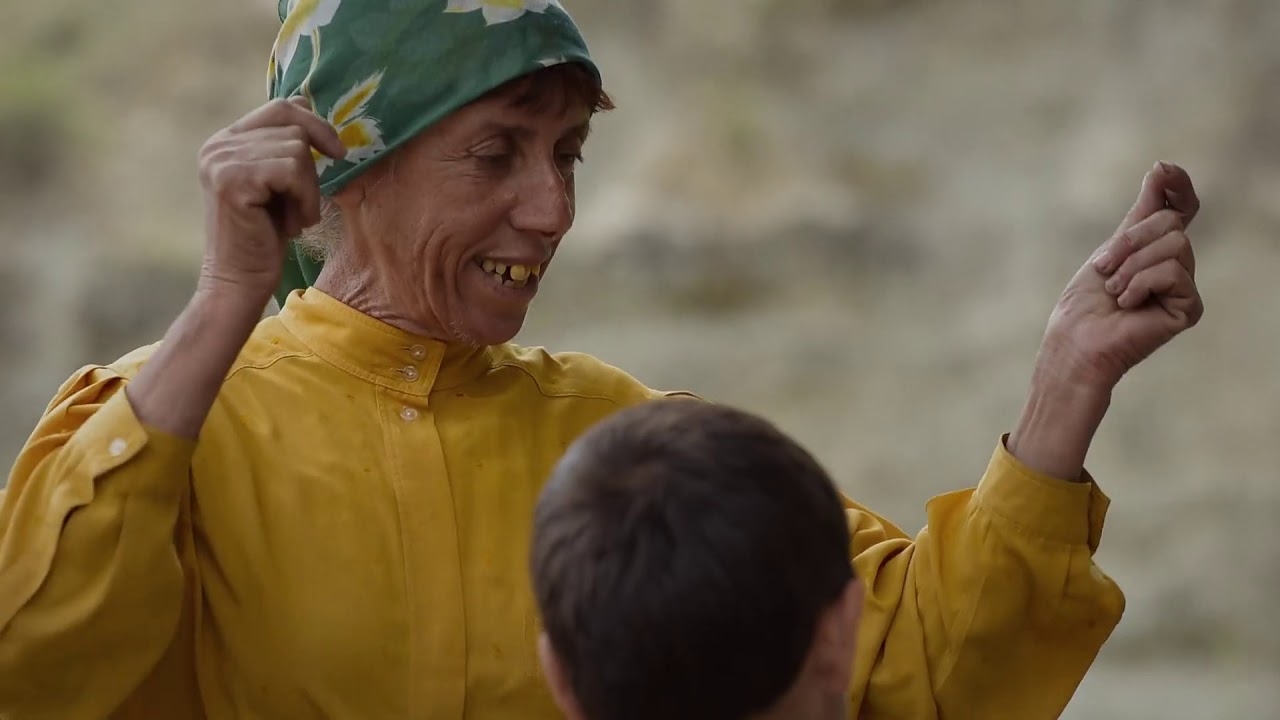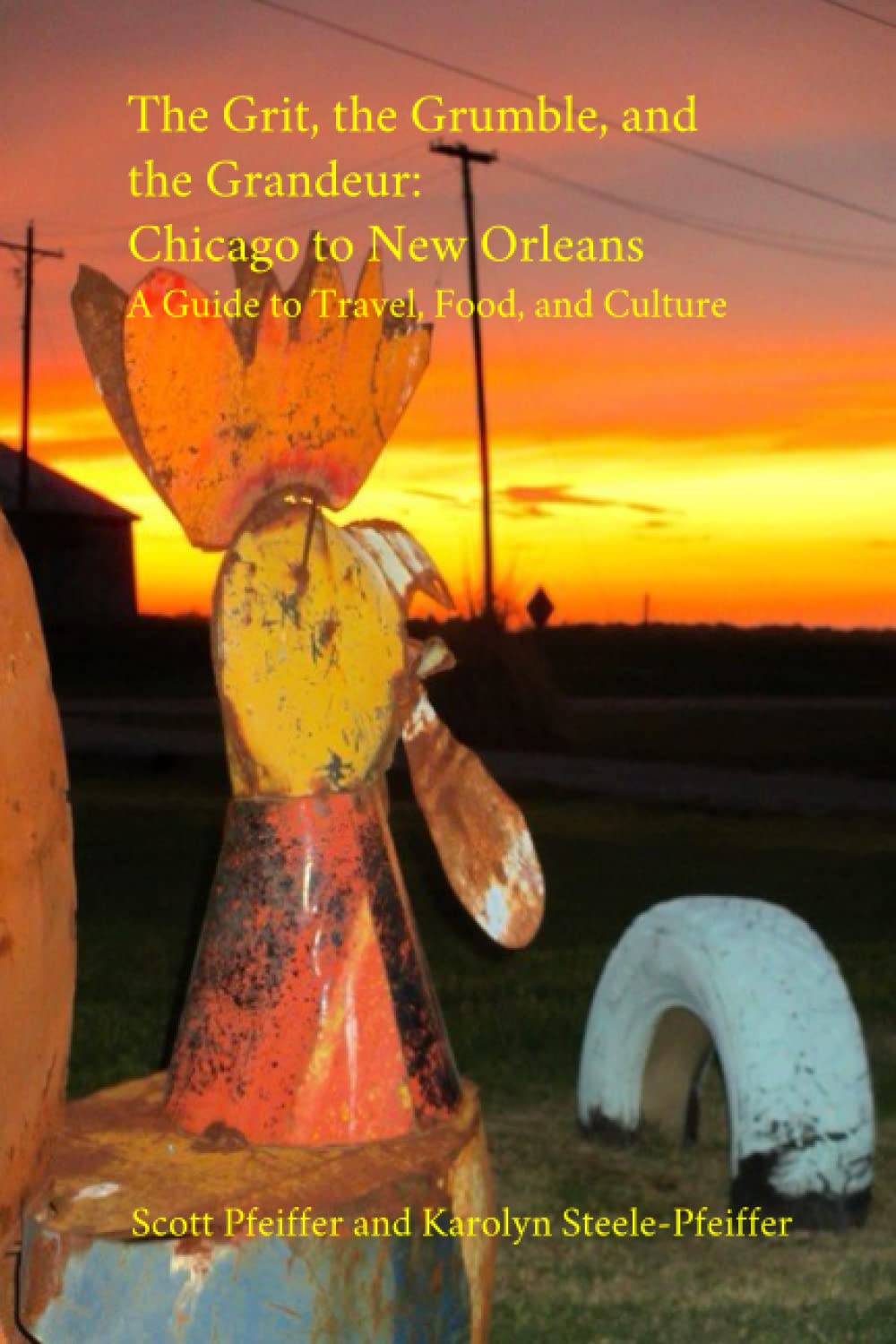THE LAST WALTZ and Thanksgiving in Troubled Times
 Wednesday, November 27, 2019 at 07:41PM
Wednesday, November 27, 2019 at 07:41PM 
[I wrote this essay three years ago, after that awful day in November, with America on the precipice of the Trump regime. It feels right to publish it here, now.]
I watch THE LAST WALTZ every year around Thanksgiving. It's about capping an era, and it always feels right to cap the year by returning to the Band's big farewell concert/party. However, with a Ku Klux Klan-endorsed president-elect headed for the White House, it seems to me that, here on the 40th anniversary of that Thanksgiving night in 1976 at San Francisco's Winterland Ballroom, the film contains a vision of America more badly needed in today's America than ever. After all, one of the Band's best songs was called "Across the Great Divide."
We might start by noting that, in the Age of Trump, the Band's tough, funky ensemble rock remains a vision of the melting pot, that most American of ideas, and one which Trump's campaign tried to give a bad name. In THE LAST WALTZ, each ingredient is embodied by one of the Band's old friends—the Staples for gospel; the Chicago blues by Paul Butterfield and Muddy Waters (and his great pianist Pinetop Perkins: if only they'd gotten him on film!); country by Emmylou Harris; New Orleans jazz and R&B by Dr. John, as well as a horn section playing Allen Toussaint's charts. Motown is here in the rhythms and songs (Marvin Gaye's "Don't Do It"); the immigrant experience in the bracing "yargh" of Van Morrison.
In contrast to the homogenous vision of America imagined by Donald Trump, in THE LAST WALTZ what's vital in American culture—rock & roll itself—comes from the sparks that fly when "opposites" rub together: rural and urban, North and South, men and women, black and white, tradition and revolution. As Levon Helm explains, "Memphis is kind of the middle of the country": "bluegrass or country music, if it comes down to that area, and if it mixes there with rhythm, and if it dances, then you've got a combination of all these different kinds of music—country, bluegrass, blues music, show music." "What's it called, then?" asks director Martin Scorsese. Breaking out in a big grin, Levon answers, with a glint in his eye: "rock & roll."
As Greil Marcus wrote in Mystery Train: Images of America in Rock 'n' Roll Music, the "secret theme" of the Band's music is obligation: "What do men and women owe to each other? How do they keep faith? How far can that faith be pushed before it breaks? Those are problems communities and friendships share." The answer coming back from the Trump election might be: Nothing. We owe each other nothing. Every man for himself, and God against all. "The Weight," as performed in THE LAST WALTZ by the Band with the Staples, offers an alternate answer, positing a universal American burden, some combination of "love, debt, fear, and guilt," in Marcus' words. It's a version of the social contract: if we all share the weight, that's just another way of saying we get to carry each other.
On an associative level, the movie resonates with the antiwar and Civil Right Movements, due to the presence of the Staples and Bob Dylan (his fiery electric music with the one-time Hawks—a public scandal a decade earlier—now cheered). It's about the counterculture, but also about traditions the 60s swept away, like Tin Pan Alley, represented by Neil Diamond. The Band plays as if they imagine that if they could just make music powerful enough, they could make whole the divides of the 1860s and the 1960s. We've heard the phrase "there's strength in diversity." This movie shows us what that looks like.
While it feels especially elegiac at the end of the Obama era, Scorsese's fantasia about the changing of the guard would be no ordinary rockumentary in any year, not with seven 35mm cameras, operated by the likes of Michael Chapman, Vilmos Zsigmond, and László Kovács, pulling off Scorsese's elegant compositions, and storied Hollywood production designer Boris Leven lighting the set he borrowed from Verdi’s La Traviata, replete with crystal chandeliers, his lights glinting off Robbie Robertson's gilded guitar. How deep is the red of that backdrop! (As Robertson recalls in his new memoir, when asked by the crew, "is there a movie we should watch to inspire us?” he thought of Michael Powell and Emeric Pressburger’s THE RED SHOES, before naming Jean Cocteau’s THE BLOOD OF A POET.) Robertson's quip that the concert is a celebration of the "beginning of the beginning of the end of the beginning" evokes the way Scorsese cut the picture, scrambling up the chronology so the last song they played that night is the first song in the movie. When Scorsese is in personal mode, there are few more exhilarating filmmakers, and he loves this music, feels it in his bones, in his camera moves and the rhythm of his cutting. The interviews are funny. In a playful Brechtian move, he occasionally leaves in bits of the process, revealing how filmmakers tweak reality—flubbed takes, spoken directions to the cameraman, views back on the crew.
The backdrops to the interviews signify the Band's geographical and emotional landscapes: New York City, the Canadian Maple Leaf, a sign proclaiming "Dixie" (the beer), and...the Confederate battle flag. The fact of the latter in the movie is fascinatingly paradoxical, redolent as it is of the Ku Klux Klan but also an unfortunate icon to this day of the Southern white working class, many of whom voted Trump. The movie dares to listen to their stories, too, to gather them into the fold. Trump voters, too, were asserting some vision of community, albeit a homogeneous one, and, perhaps just as importantly, expressing a sense of loss. It makes me think of the man in "The Night They Drove Old Dixie Down," a character imagined by a Canadian (Robertson) and brought to life by an Arkansan (Helm). He is, in Marcus' words, "a poor white farmer from the Confederate side of Tennessee": "He wants us to understand that the war has cost him almost everything he has...It is hard for me to comprehend how any Northerner raised on a very different war than Virgil Kane's, could listen to this song without finding himself changed. You can't get out from under the singer's truth—not the whole truth, simply his truth—and the little autobiography closes the gap between us. The performance leaves behind a feeling that for all our oppositions, every American still shares this old event; because to this day none of us has escaped its impact, what we share is an ability to respond to a story like this one." Marcus was speaking of the recorded version, but all of this comes through even more powerfully in the movie, with Robertson punching the air into the song and Helm, fierce and soulful behind the drums, putting you squarely in this character's shoes. We'll need to listen to voices like this, too, and, if necessary, be changed by them.
Finally, the movie is full of the life force and community, in the face of Trump's nihilism and social atomization. How many times have I seen it with friends, singing along communally with gusto? Think of the camaraderie in Neil Young's "Helpless," the glances tossed between Young and the musicians as together they are left utterly disarmed in the face of beauty. Or the way Rick Danko regards Joni Mitchell with such little-boy joy. Or Danko singing "It Makes No Difference" into the dark, and Garth Hudson stepping into the frame with his alto sax to light up the night with magic and warmth. America under Trump might be a mean place, but its other face is the vision of friendship here. It can get us through some cold days to come. As Hudson asserts, refuting the "jazz is evil" or "devil music" theory, the truth is, music is actually a healing force. There is room for all in the America of THE LAST WALTZ, a stage on which a glorious dance of contradictions sets off sparks in which we glimpse, if just for a moment, an America we can be proud of.


Reader Comments